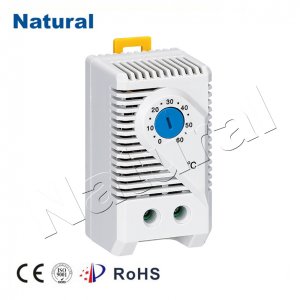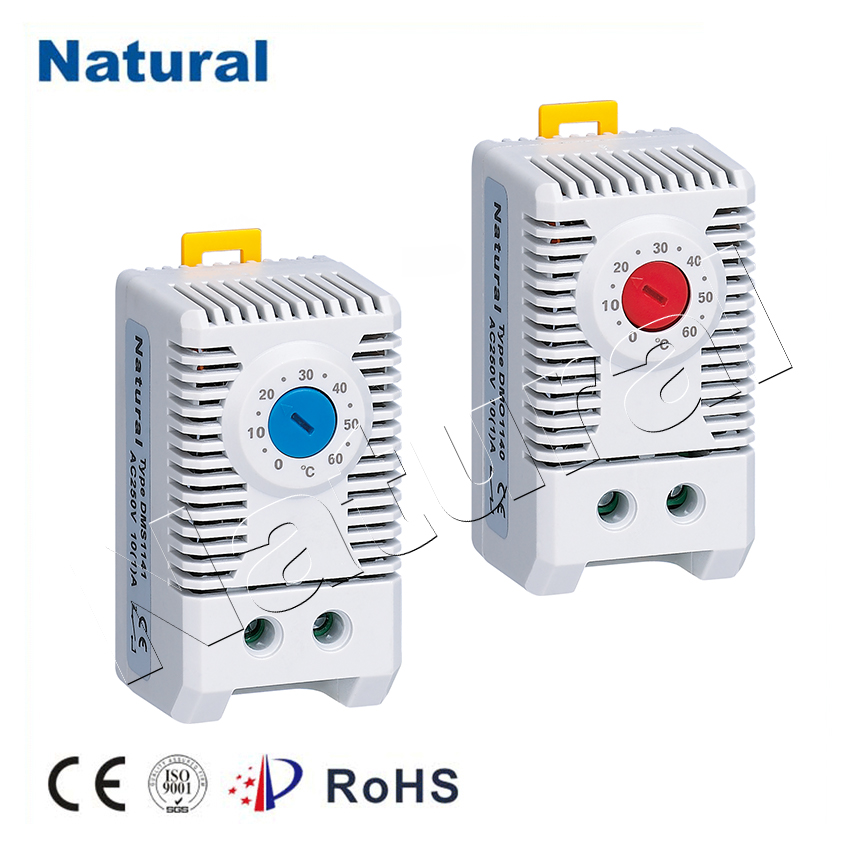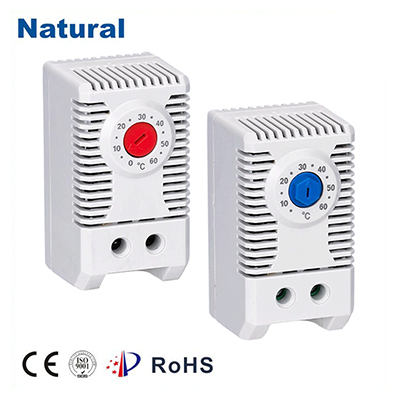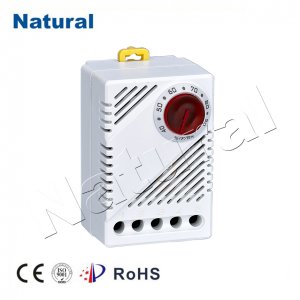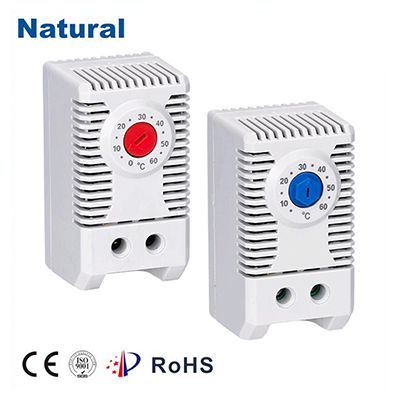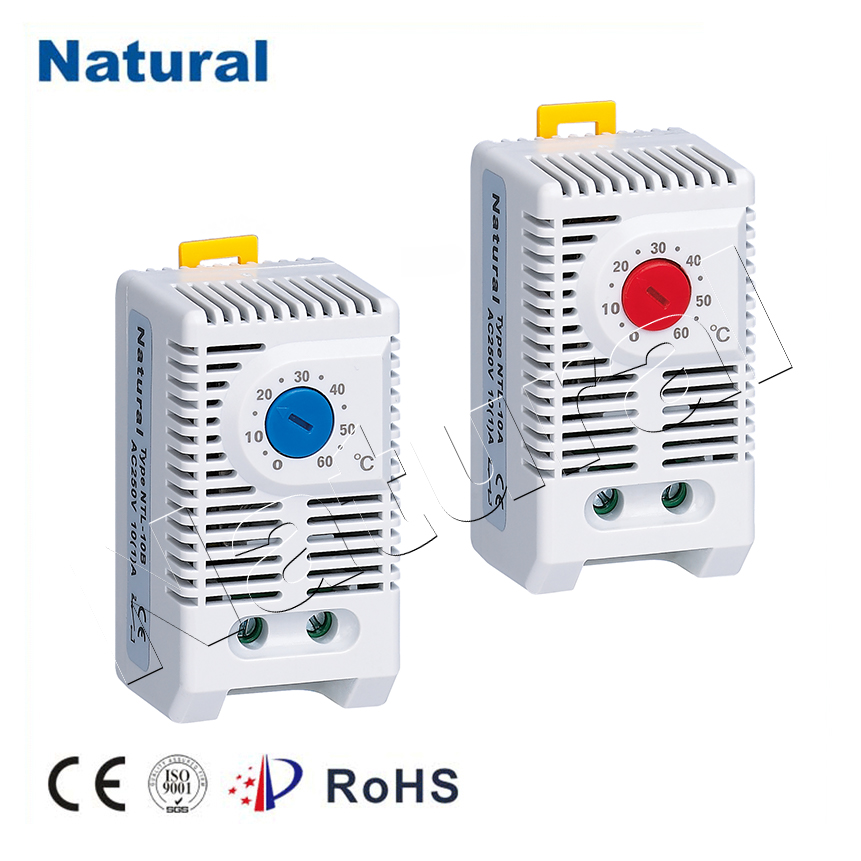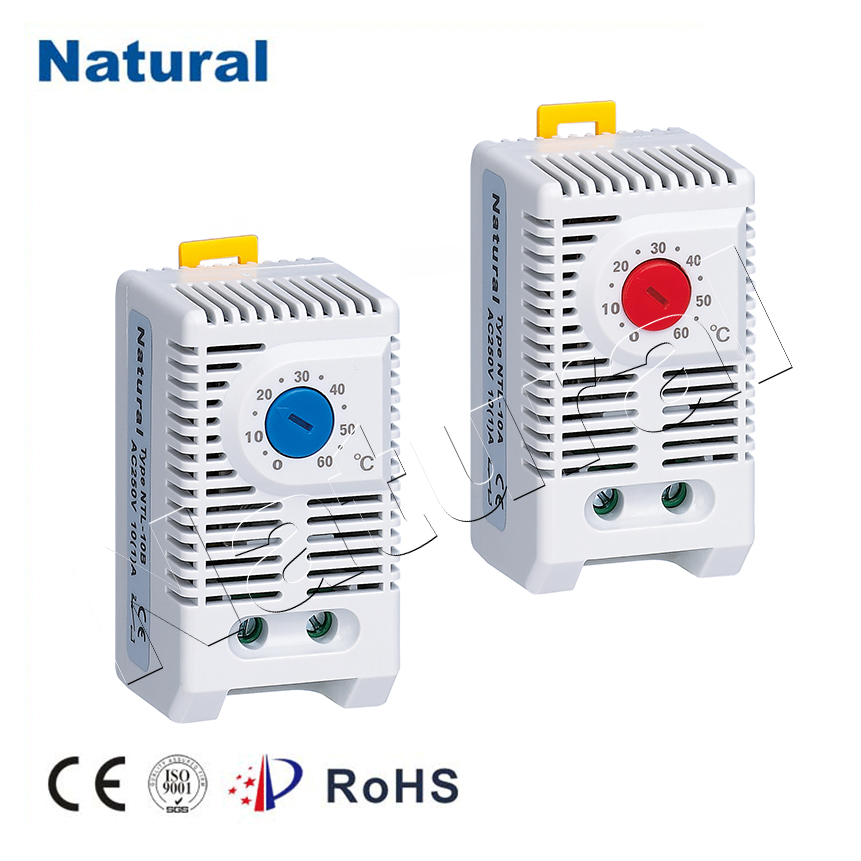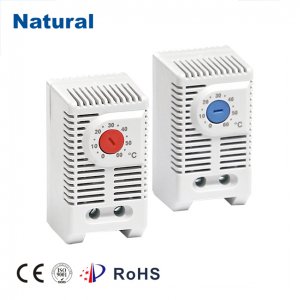The Mechanical Thermostat: A Timeless Marvel of Temperature Control
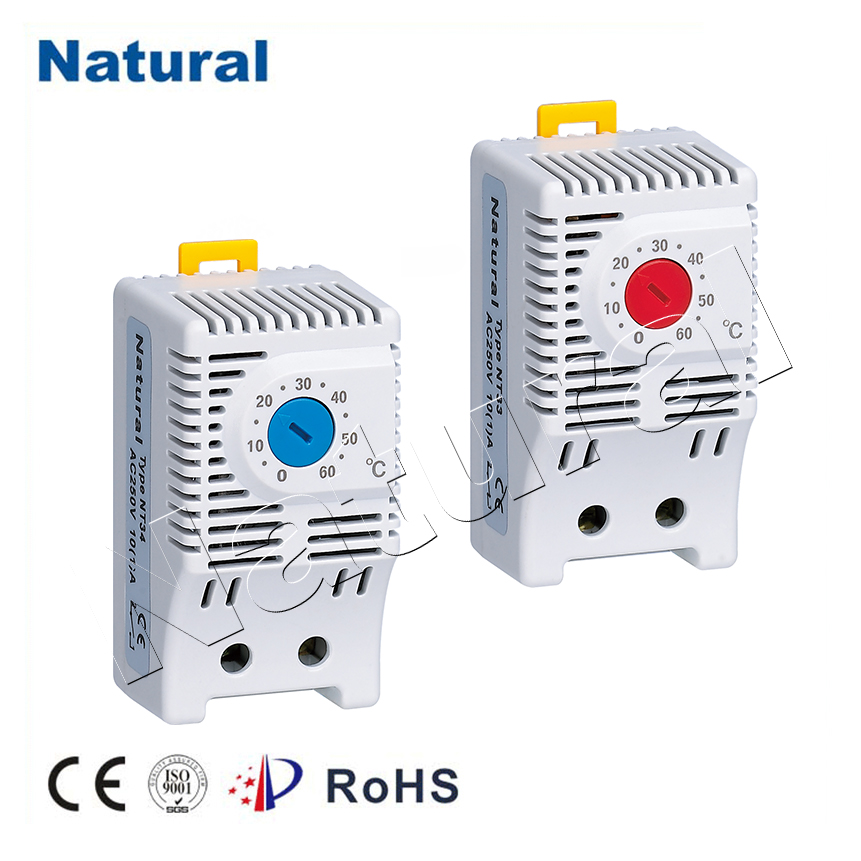
In an age of smart homes and cutting-edge technology, it’s easy to overlook the simple yet ingenious devices that have shaped our lives for decades. One such device is the mechanical thermostat, a cornerstone of temperature control that has stood the test of time. In this article, we will delve into the fascinating world of the mechanical thermostat, exploring its history, inner workings, and enduring relevance in our modern lives. A Brief History The history of the thermostat dates back to ancient times when people used various methods to control the temperature in their homes. From manually adjusting windows and doors to stoking fires, the quest for climate comfort has always been a part of human civilization. However, it wasn’t until the 17th century that the first thermostat-like device was invented. In 1620, Dutch scientist Cornelius Drebbel created a rudimentary thermostat for use in his temperature-controlled oven. This early version relied on the expansion and contraction of air to regulate temperature, setting the stage for future developments in thermostat technology. Fast forward to the 19th century, and we see significant advancements in thermostat design, including the iconic bimetallic strip thermostat patented by Warren S. Johnson in 1885. This invention marked the birth of the mechanical thermostat as we know it today. The Inner Workings The heart of a mechanical thermostat is the bimetallic strip. This strip is composed of two different metals bonded together, each with its own coefficient of thermal expansion. When exposed to temperature changes, the metals expand or contract at different rates, causing the strip to bend. This bending motion is harnessed to control a switch that either opens or closes, depending on the desired temperature setting. The simplicity of this design is its greatest strength. When you set your thermostat to a specific temperature, you are essentially adjusting the distance between the two metals in the bimetallic strip. As the temperature in your home fluctuates, the strip bends accordingly, activating or deactivating your heating or cooling system. This elegant mechanism is responsible for maintaining a comfortable indoor climate year-round. Enduring Relevance In an era dominated by digital thermostats and smart home automation, you might wonder why mechanical thermostats still have a place in our lives. The answer lies in their reliability and durability. Mechanical thermostats are renowned for their longevity, often lasting for decades without needing replacement. Their straightforward design means fewer components that can fail, making them a cost-effective choice for many homeowners. Moreover, mechanical thermostats require no batteries or external power sources to operate. They rely solely on the physical properties of the bimetallic strip, making them an eco-friendly choice. Additionally, their ease of use and low maintenance requirements make them an attractive option for those who prefer simplicity over complexity. Conclusion In a world where technological advancements seem to happen at breakneck speed, the mechanical thermostat serves as a reminder that sometimes the simplest solutions are the most enduring. With its humble bimetallic strip and mechanical switch, it has reliably controlled indoor temperatures for over a century. While smart thermostats have their advantages, there is something timeless and comforting about the mechanical thermostat’s steadfast presence in our homes. As long as people seek to maintain a comfortable climate, the mechanical thermostat will continue to hold its place as a marvel of temperature control technology.
